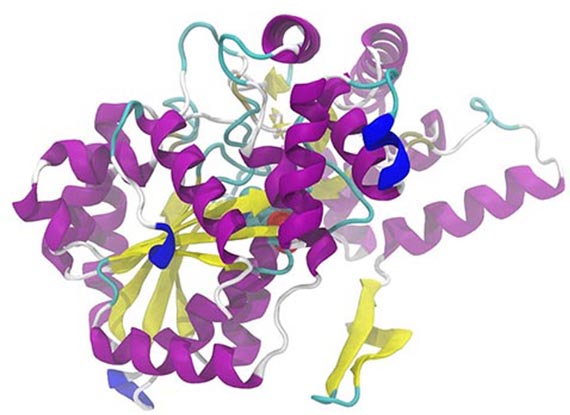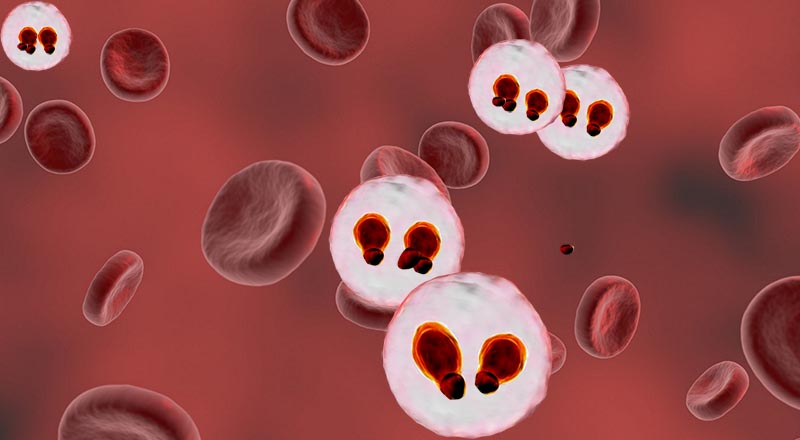
Engineer uses advanced deep learning to predict where proteins will localize within cells
A Mizzou Engineer is developing computational tools that can be used to predict where proteins will localize within a cell. Using highly advanced deep learning, the resource could help researchers better understand how proteins function or, if positioned incorrectly within a cell, misfire and cause problems.

Research Team Training AI to Better Detect Small Objects Shang working with Missouri
Artificial Intelligence (AI) is good at recognizing a single bird in an image. Where it falls short is when it tries to identify hundreds of tiny birds in an aerial photo. Professor Yi Shang and his research team have been working for three years to see where AI can improve its vision when it comes to small objects.

Protein Prediction Challenge Makes History – and Mizzou Engineers Rank in Top 10
Mizzou Engineering students took on tech giants at a worldwide competition last month and came home in the top 10 for devising a way to accurately predict protein structures. And in subcategories, Mizzou teams ranked in the top 3.

Mizzou Engineers Help Develop Smarter Way to Diagnose Malaria
Mizzou Engineers are part of a global team developing a smarter way to combat malaria—a leading cause of death in the world. Now, they’ve outlined a two-step approach that will use deep learning to more accurately and efficiently diagnose the disease.

MU Students Develop Tool to Fight Fakery
Imagine watching a video from a presidential candidate on your favorite political blog, only to find out later that the candidate not only disavows the video but claims she never made the video in the first place. These so-called “deepfake videos,” which use fabricated photos and audio, are among the biggest challenges facing the news industry.

Bringing deep learning to materials science: MU team reaches breakthrough
Graphene is a single layer of carbon atoms that has a wide array of potential uses, particularly as a candidate material for use in electronic devices, such as LED screens, touch panels, smart phones and solar cells. Graphene’s electrical and optical properties can be significantly altered for better usage. Discovering how these atoms tune to create these properties is one of the most pressing questions in materials science.